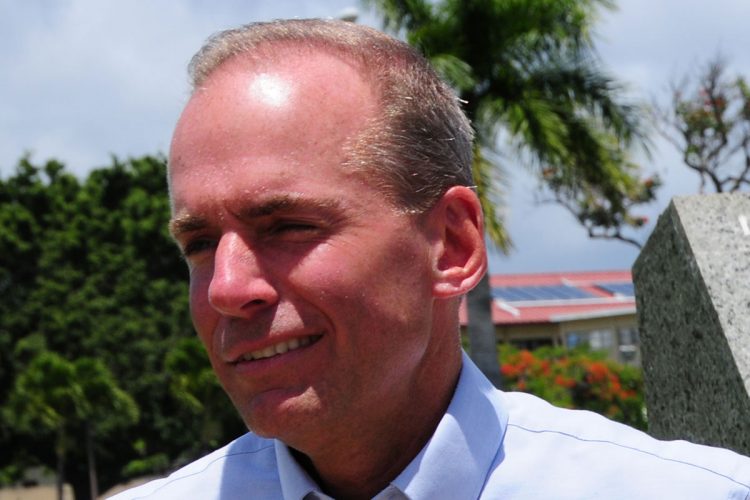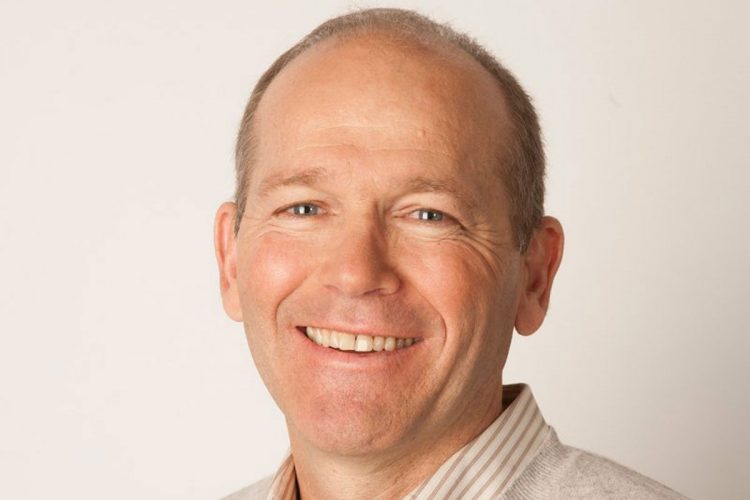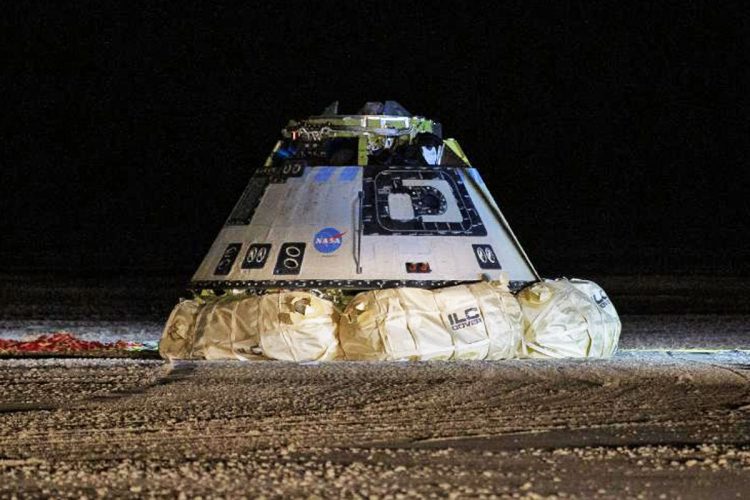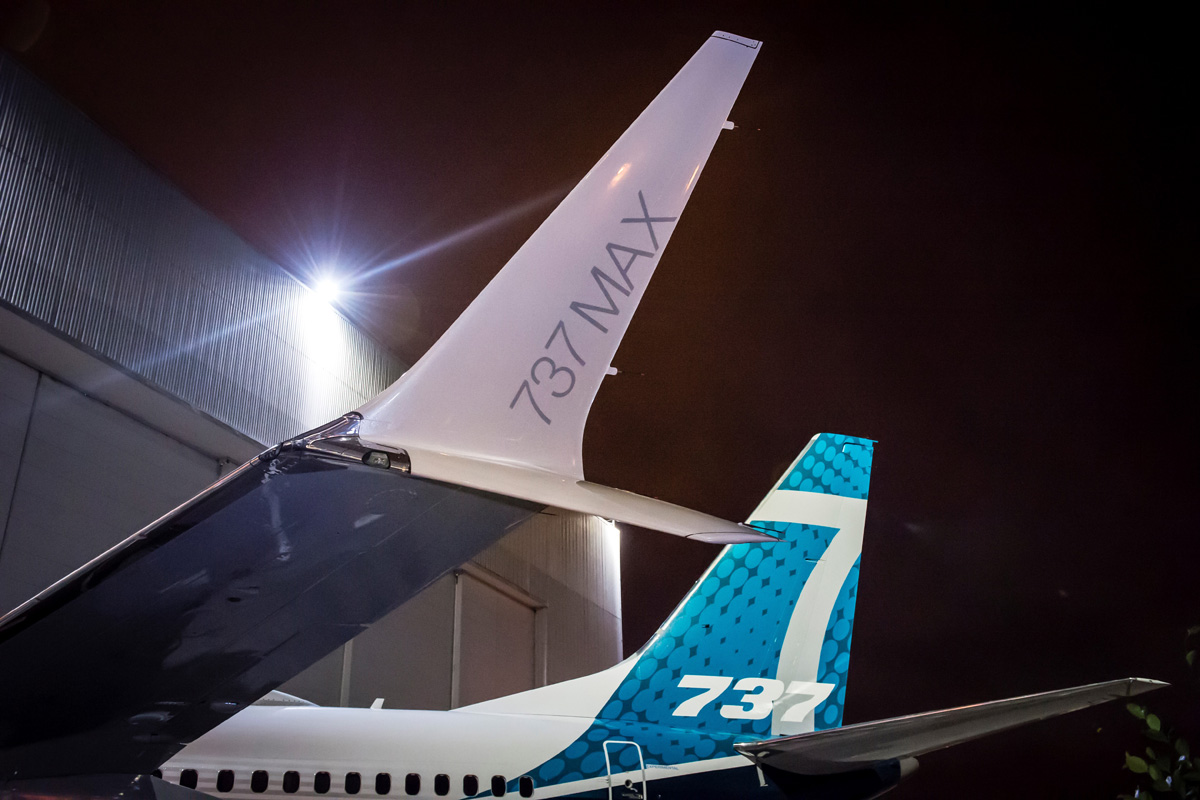Unable to get around the crisis caused by the grounding of the 737 MAX, Boeing’s main aircraft, Dennis Muilenburg was removed from the CEO position on Monday, 23. He will be replaced by David Calhoun, who had assumed the position of chairman of the manufacturer in October, a function that was also accumulated by the then CEO. However, Calhoun will not take over as CEO until January 13, with Boeing’s current chief finance officer Greg Smith acting as interim chief executive.
The change in Boeing’s leadership was announced by the company’s board of directors who claimed that “it was necessary to restore confidence in the company moving forward to repair relationships with regulators, customers, and all other stakeholders.” The manufacturer has also committed to “full transparency, including effective and proactive communication with the FAA, other global regulators and its customers“.
“On behalf of the entire Board of Directors, I am pleased that Dave has agreed to lead Boeing at this critical juncture,” said Lawrence Kellner, who took over as new chairman. “Dave has deep industry experience and a proven track record of strong leadership, and he recognizes the challenges we must confront. The Board and I look forward to working with him and the rest of the Boeing team to ensure that today marks a new way forward for our company,” he added.
The changes also reached Boeing’s public relations team with the announcement that Niel Golightly will be the company’s senior vice president of communications from January 1, 2020. He will succeed Anne Toulouse, who had already expressed his intention to retire in early 2020.

Accumulated failures
Muilenburg’s resignation came in the wake of another Boeing failure, the launch of the Starliner spacecraft, which was supposed to have sent supplies to the International Space Station (ISS) on a 10-day mission, but due to design errors, an anomaly caused the capsule consumed more fuel than anticipated and was eventually brought to earth earlier. It was, however, the first solo capsule landing in history.
But the trigger for the CEO’s departure was really his wandering strategy ahead of the 737 MAX issues. Since the first accident just over a year ago, Muilenburg has sought to minimize the impact of the crisis by being optimistic about the outcome of the case. However, nine months after the jet is grounded, there is no sure prediction about when it will return to service. This blurring has affected many customers who repeatedly postponed the return of the aircraft to operation.
An article in The New York Times this weekend revealed that the executive had a rough encounter with the current director of the US Civil Aviation Agency (FAA), Stephen Dickson, in their first face-to-face meeting since July. Dickson reprimanded Muilenburg for putting pressure on the agency to release the jet to be delivered to its customers in December without even approving the solution to make it safe.
The former CEO said in November that he expected the FAA to release the 737 MAX in December, ending the crisis caused by the two fatal accidents. But the agency saw the maneuver as a kind of threat as if the plane could not fly to its customers it would cause huge damage to the entire production chain and thousands of jobs. Dickson, on the other hand, questioned Boeing’s work in meeting the various requirements for the aircraft to be safe again.

Boeing’s board, which has always backed Muilenburg on other occasions, was under pressure to remove him from office last week, which was inevitable to contain the crisis.
Confusing communication
Boeing’s stance throughout the crisis has been ambiguous. At first, the company denied the obvious, even questioning other problems outside the plane. When it became clear that the MCAS system, which was supposed to help pilots in high-nose situations, was at the root of the error sequence, the manufacturer repeatedly repeated that it was concerned about the safety of its aircraft and added to the sufferings of family members who lost their relatives in both tragedies.
At the same time, Muilenburg continued to come up with a quick solution to the case, preventing the production line from being affected. As the outcome did not go as expected, the manufacturer made the unprecedented decision to suspend production of the 737 MAX from January.
Calhoun and his new communications team are now expected to actually change the way they handle the serious case.


